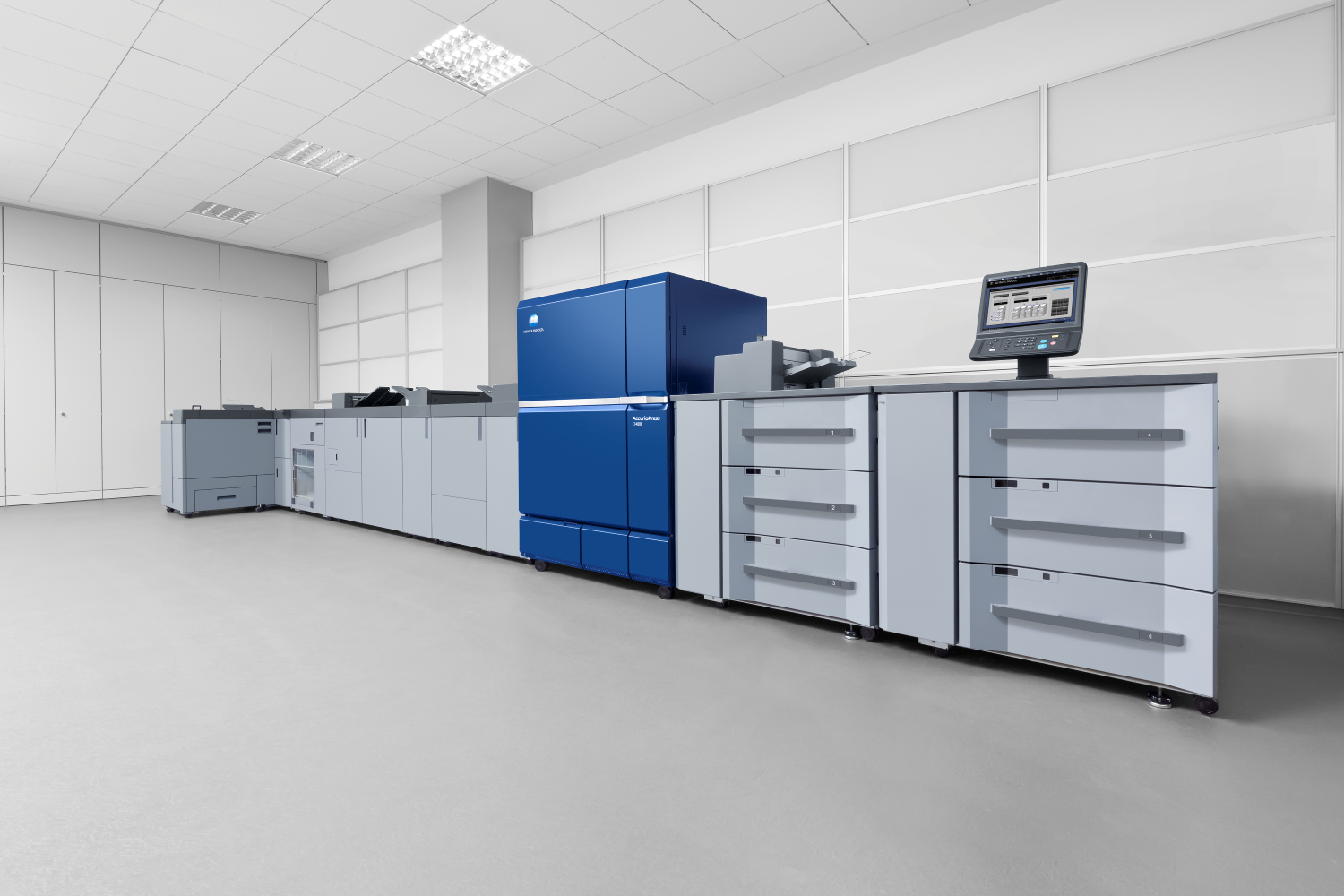Many businesses assume a paper-free office is an efficient one. But don’t count your printer out just yet.
While it’s true that automating digital workflows can increase productivity, especially when working remotely, according to Quocirca’s global Print2025 report, 64% of business users still expect printing to be important beyond 2025.
Even if your organisation is hopping on the digital transformation bandwagon, having a multifunctional printer can actually supercharge your strategy. Here’s how.
Digital transformation starts with scanning
The first step when transforming paper-based processes is to digitise your documents. This ensures they stay legible and accessible.
Most modern printers are enabled with optical character recognition (OCR), which allows scanned documents to be accurately captured and converted into a searchable, editable format. Once scanned, docs can be easily routed through the proper channels in your document management system for easy retrieval. That means employees never have to wait on pertinent project info to keep tasks on track.
Whether you need docs readable and readily available for tax purposes, an annual audit or as part of your everyday billing protocol, digitising your document retrieval process using your printer’s scan function is a serious time-saver.
Multi-function printers connect digital workflows
When it comes to digitising your workflow, your MFP (multifunction printer) is your MVP. It’s probably already connected to at least one of your databases, cloud services or email accounts. If not, it easily can be, so as soon as a document is input, it’s sent directly to the right department or manager.
An example? Say your sales team scans a new purchase order. That information can instantly be sent to finance and your warehouse, automating two steps of your product cycle: invoicing and order fulfilment.
What’s more, since MFPs operate using your business’ network, the internet-connected devices have access to myriad software platforms and IoT (internet of things) capabilities to help accelerate your digital transformation. They’re also customisable, giving companies the option to access apps that streamline their workflows even further.
Print workflows highlight employee needs
How are your employees using the office printer? To answer that, try doing a little reverse engineering to help your data mine.
Does your HR department print and scan in new hire paperwork after each orientation? Is your marketing department reliant on full-colour brochures for certain target audiences? Would finance benefit from digitising ledgers to share with stakeholders?
As you make discoveries in this process, pay special attention to the security of your sensitive data, proprietary information and intellectual property. Whether printed, copied or scanned, it’s important to limit the number of paper copies floating around in the world. Instead, use your printer to assign digital protectors that help you exercise control by tracking where sensitive documents are sent or placing limitations on where and how often documents can be accessed.
Printing insights help assess digital maturity
Transitioning to digital or automated workflows is going to require some training. How much depends on the digital transformation maturity level of your employees.
Evaluating how your printer is used can give you key insights into how receptive your staff will be to make the digital shift.
If, for instance, you have one department that’s heavily reliant one manual or paper-based processes, meet with them to get a sense of which information to digitise first. Once you’re ready to begin digitising, you can simultaneously start conducting training sessions to prepare them for the coming change with minimal interruption to the present-day process. After digitisation and training is complete, you can move forward with the full workflow automation.
Alternatively, if you have employees with high digital maturity, you can encourage them to help advocate for digital transformation by explaining to their coworkers just how much easier it’s going to make their jobs.
In reality, few businesses are purely paperless – and may never get there. But even if they do, printers will still play a critical role in any digitally savvy operation. For now, they’re accelerating digital strategies and helping companies in every industry make the journey toward transformation.





